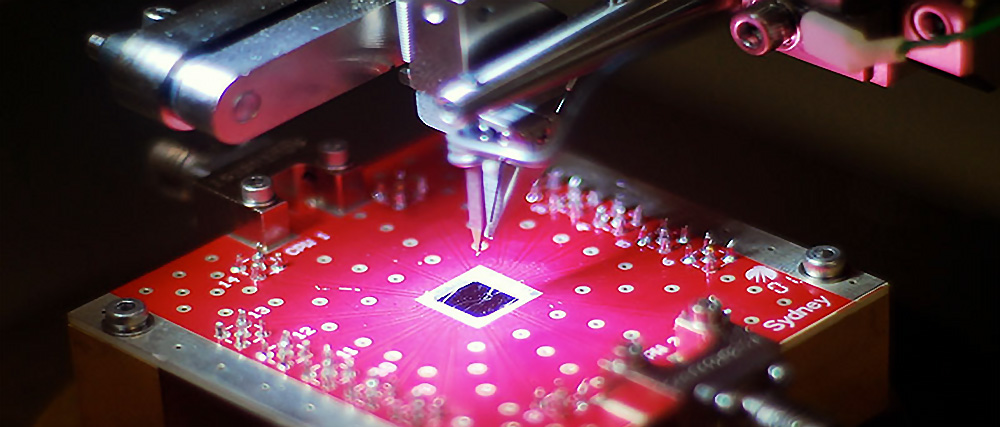Media Release: Tuesday 3 May 2016
Recently the University of Sydney officially opened the Australian Institute for Nanoscale Science and Technology.
Nadia Levin is CEO of Research Australia, the peak group representing 160 members advocating for health and medical research in Australia. In response to requests for comment, she said:
“In 1965, Intel co-founder Gordon Moore correctly predicted exponential growth in computing technology, with computer power to double in capacity, and halve in price, every two years.
“Common computers since that time have gone from the size of houses to rooms to watches and beyond, and their capabilities today are at levels considered sci-fi even at the turn of this century.
“So we know three things that are relevant here.
“We know that nanotechnology is the next logical step on a path outlined, and trend identified, more than half a century ago.
“Even in these early years, we know that the implications of, and applications for, nanotechnology in the health and medical research sector are nothing less than revolutionary.
“And, we know that Australia can either choose to dedicate resources to being part of the emerging nanotechnology field, and to invest in the opportunities that go along with that, or not.
“The $150 million Institute for Nanoscale Science and Technology includes facilities for start-ups, industry and the public, and demonstrates Australia is choosing the path of technology participation.
“This will no doubt set the University of Sydney, the Australian health and medical research industry, and Australia, up for the future.
“It will bring together University of Sydney ingenuity, Federal Government investment, industry and start-ups, all of which are critical parts of the applied research ecosystem.
“The establishment of this facility will be an event we look back on in not too many years, and we will point to as the engine that drove new research, industry and innovations that improve lives.”
Media Contact: Phil McCall 0438 619 987 or 02 9234 3822
Image: Courtesy of the University of Sydney’s Australian Institute for Nanoscale Science and Technology.


